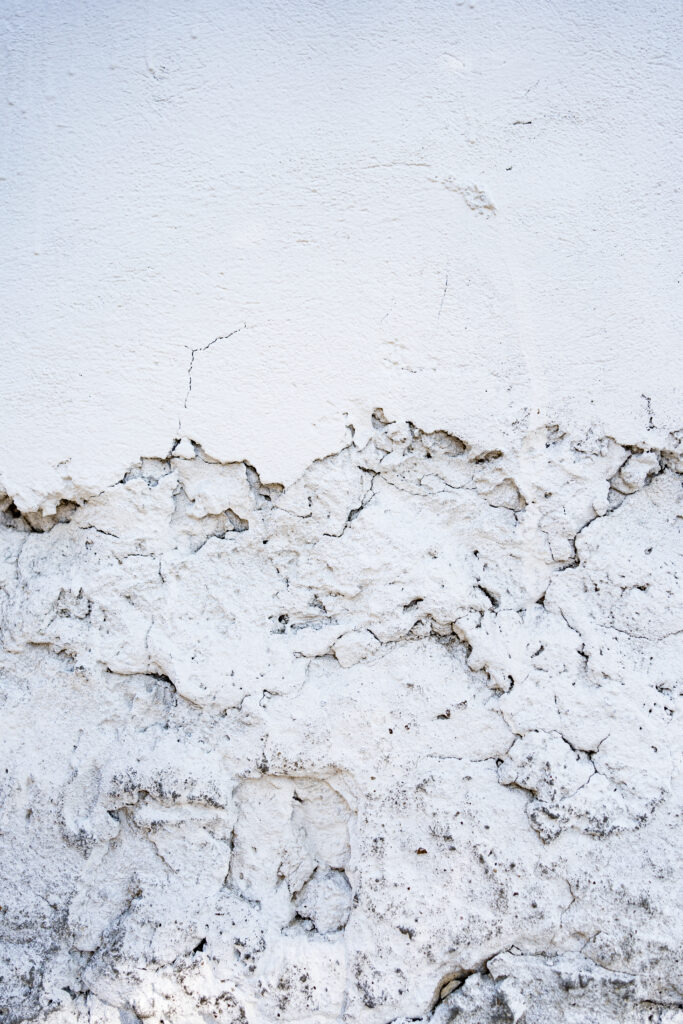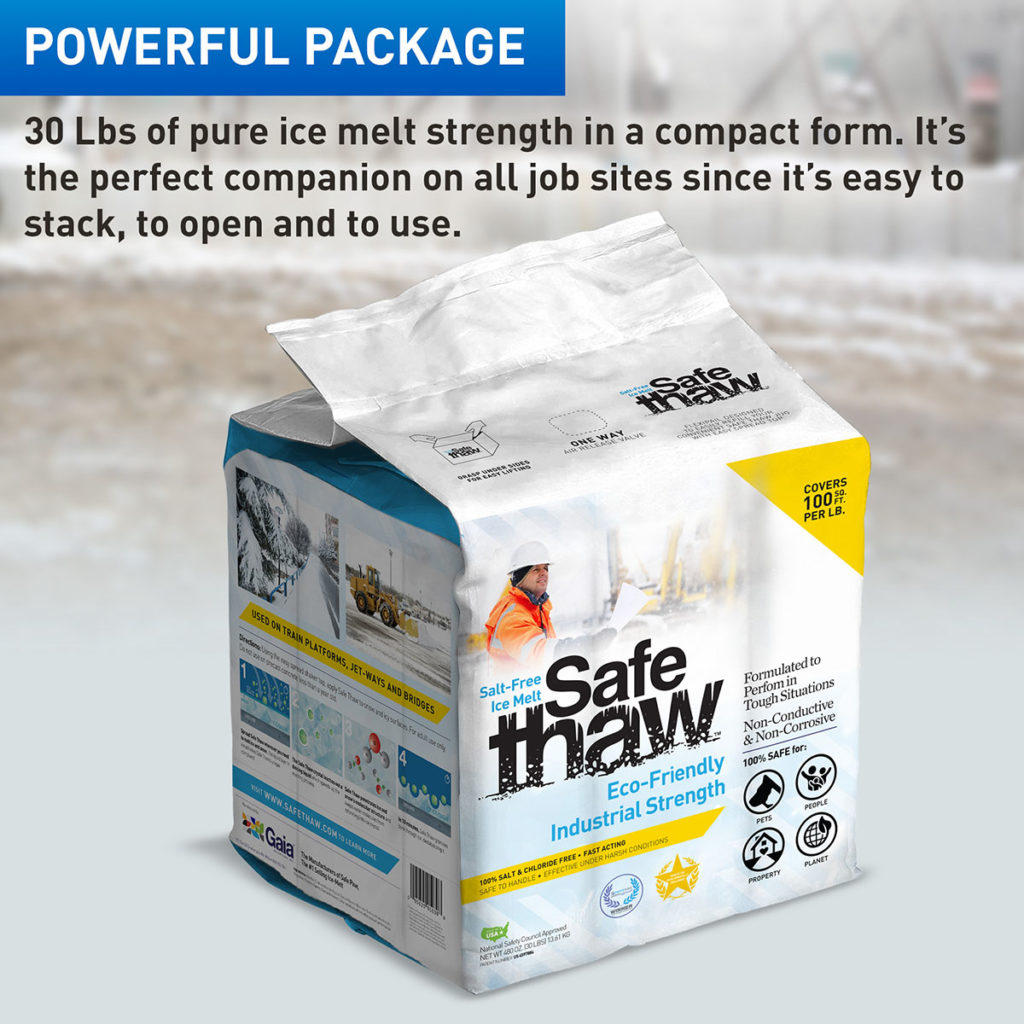Pouring Concrete In The Winter: Potential Challenges And Solutions

Pouring concrete in the winter can present unique challenges that need to be addressed. Many people wonder, “Can you pour concrete in the winter?”
The short answer is yes, but it requires careful planning and consideration. The colder temperatures can affect the curing process and the overall quality of the concrete.
Freezing temperatures can cause the water in the mixture to freeze, leading to cracks and other issues. However, with the right precautions and solutions, it is possible to pour concrete successfully in winter conditions.
In this blog, we will explore the potential challenges of pouring concrete in the winter and discuss effective solutions and tips to ensure a durable and reliable result.

Safe Thaw
Safe Thaw was created as the ice management solution for tough winter environments. Ideal in commercial and industrial properties, shops, government agencies, bridges, and construction.
Can You Pour Concrete In The Winter?
Yes, but it requires special considerations. Cold temperatures affect curing and can lead to freezing water and cracks. However, with proper planning and solutions, winter concrete pouring can be successful.
After construction, you’ll also need to maintain the concrete. One solution is Safe Thaw, an ice melt that doesn’t contain salt and is non-corrosive and non-conductive.
Safe Thaw helps prevent freezing and ensures the longevity of your concrete structures. Using Safe Thaw, you can protect your investment and maintain the integrity of your winter concrete projects. WE do not recommend using Safe Thaw that is younger than one year.
Potential Challenges Of Pouring Concrete In The Winter
Pouring concrete in the winter presents unique challenges due to the cold weather conditions. Here, we will explore some potential challenges when pouring concrete in the winter and discuss ways to overcome them effectively.
Curing Process And Strength Development
The cold temperatures during the winter can significantly impact the curing process of concrete. Slower curing leads to delayed strength development, which can affect the overall quality and durability of the concrete structure. Monitor the temperature and implement proper curing techniques to facilitate optimal strength gain.
Freezing Water And Cracking
One of the primary concerns when pouring concrete in the winter is the risk of freezing water. If water within the concrete mixture freezes, it expands and can cause cracks, compromising the structure’s integrity. Taking preventive measures such as using accelerators, insulating blankets, and ensuring proper curing temperatures can help minimize the risk of freezing and cracking.
Weather Conditions And Temperature Fluctuations
Winter weather can be unpredictable, with temperature fluctuations impacting the concrete pouring. It is essential to monitor the weather forecast and choose suitable working days. Sudden temperature drops can hinder proper curing and lead to weaker concrete. Planning the pouring schedule around stable weather conditions is crucial for successful winter concrete projects.
Reduced Workability
Cold weather affects the workability of concrete, making it more challenging to handle and place. The lower temperatures increase the viscosity of the concrete mixture, requiring adjustments to the water-to-cement ratio and suitable admixtures. Careful consideration of the mixture’s composition and ensuring proper mixing techniques can help maintain adequate workability during winter pours.
Increased Construction Time
Winter conditions often extend the construction time required for concrete projects. Factors such as slower curing, additional curing time, and potential weather delays can prolong the project timeline. It is essential to factor in these potential delays and plan accordingly to avoid rushing the process, compromising the quality of the concrete.
Solutions For Successful Winter Concrete Pouring
Winter conditions can present unique challenges for concrete pouring, but with proper planning and execution, successful winter concrete pouring is achievable. Here, we’ve discussed some essential solutions for successful winter concrete pouring.
Temperature Control
Maintaining the ideal concrete temperature is crucial during winter pouring. Utilizing insulated blankets or heated enclosures can help retain heat and prevent freezing. Additionally, using hot water or additives specifically designed for cold weather can raise the concrete’s temperature, allowing it to cure properly.
Moisture Management
Controlling moisture is vital to avoid freeze-thaw damage. One effective solution is to use vapor barriers or curing blankets that minimize moisture evaporation. Applying a curing compound can prevent premature drying and ensure proper hydration, especially in colder temperatures.
Concrete Mix Design
Modifying the concrete mix design for winter conditions is essential. Increasing the cement content, accelerating admixtures, or adjusting the water-cement ratio can enhance the concrete’s setting time and strength gain. Work closely with a qualified concrete engineer to determine the appropriate mix design for winter pouring.
Planning And Scheduling
Careful planning and scheduling are essential for successful winter concrete pouring. Avoiding concrete placement during extremely cold periods or snowfall is recommended. Scheduling the pour during the warmest part of the day can also improve the chances of successful curing and prevent freezing.
Contractor Expertise And Experience
Choosing a contractor with expertise and experience in winter concrete pouring is crucial. Experienced contractors understand the unique challenges of cold weather conditions and can implement effective risk mitigation strategies. They have access to specialized equipment and knowledge of best practices to ensure a successful winter concrete pour.
Tips For Navigating The Winter Concrete Pouring Process
Winter concrete pouring can be complex due to cold temperatures and other weather-related factors. However, with the right tips and strategies, navigating this process can be smoother and more successful. Here are some valuable tips to help you navigate the winter concrete pouring process:
- Weather Monitoring: Keep a close eye on weather forecasts before and during the concrete pouring. Avoid pouring during extremely cold temperatures, snowfall, or when freezing rain is expected. Plan the pour during periods of milder weather to ensure optimal curing conditions.
- Concrete Temperature: Maintain the concrete’s temperature within the recommended range throughout the pouring and curing process. Use heated enclosures or insulated blankets to protect the concrete from freezing temperatures. Use hot water or admixtures designed for cold weather to raise the concrete’s temperature.
- Timing and Scheduling: Plan the concrete pour for the warmest part of the day to maximize curing potential. Begin early in the day to allow sufficient time for curing before temperatures drop at night. Coordinate with the concrete supplier to ensure timely delivery and avoid delays due to weather conditions.
- Site Preparation: Prepare the site in advance to minimize the impact of cold weather on the pouring process. Clear the area of snow and ice, and ensure proper drainage to prevent water accumulation. Use temporary windbreaks or enclosures to shield the site from cold winds that can accelerate the freezing process.
- Experienced Workforce: Engage an experienced workforce familiar with winter concrete pouring. They should be knowledgeable about the challenges of cold weather and skilled in implementing appropriate techniques. Their expertise will help ensure the concrete is properly placed, finished, and protected from freezing.
100% salt & chloride-free, fast acting Ice Management Solution
Final Words
So, to answer the question, “Can you pour concrete in the winter?” Yes, you can, as long as you take the necessary precautions. Pouring concrete in the winter presents its fair share of challenges. However, with proper planning and implementation of solutions, it is indeed possible to pour concrete in colder temperatures.
Protective measures such as insulating blankets, using hot water in the mix, and scheduling the pour during the warmest part of the day can mitigate the potential issues caused by freezing temperatures. Work closely with experienced contractors who understand the complexities of winter concrete pouring.
Try Also Our Other Winter Safety Products:
Safe Paw
The Original and #1 Selling Pet and Child Safe Ice Melt for over 20 years. Guaranteed environmentally safe –It won’t harm animals or children, and it won’t damage your property. That’s Safe Paw. Safe Paw can change how winter affects our planet.

Walk On Ice
The handy disposable canister can be taken everywhere, with the same 100% naturally occurring minerals that provide instant traction on ice or snow. Use it on sidewalks, steps, or as an instant traction agent for your car.



